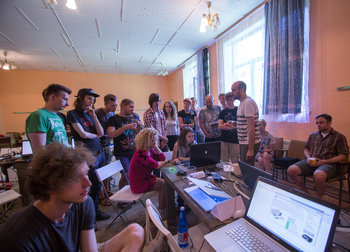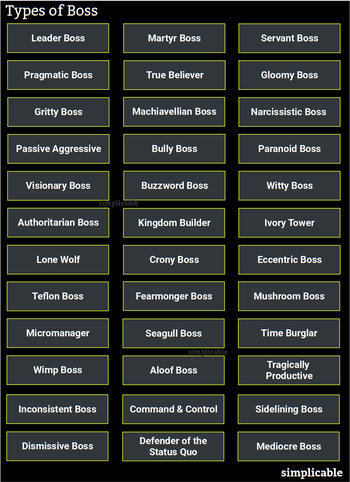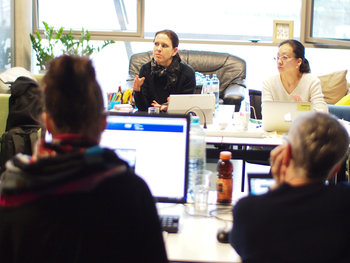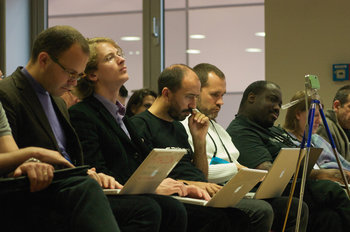Absent employees | Administrative overhead and red tape that cause low productivity and delays |
An environment of secrecy, subterfuge or sabotage | Breakdown of customer relationships |
Broken processes | Business disruptions e.g. disasters |
Complex process or project dependencies | Conflict between team members / stakeholders |
Critical know-how or information has been lost i.e. knowledge loss | Customers or internal clients with unrealistic expectations |
Disengaged employees | Disorganization at the executive level |
Employee turnover | Employees bypass process & procedures |
Employees fail to adapt to change to their profession and role | Employees that are hostile to management |
Employees that lack self-direction, initiative or competence | Failure of partners to deliver to commitments |
Failures of infrastructure, facilities and other critical resources | High cost / time commitment required to change technology and processes |
Inadequate internal controls | Inefficient organizational structure |
Inflated stakeholder expectations | Insubordination |
Insufficient budget to accomplish objectives | Lack authority and support to clear issues |
Lack of organizational mission, vision and strategy | Legacy systems that represent bottlenecks |
Low performing employees | Low professionalism |
Low quality requirements from stakeholders | Low team morale |
Low work quality from employees, internal teams or partners | Measuring business processes |
Miscommunication | Mismatch between processes and systems |
Operations issues & risk | Other teams fail to deliver to commitments |
Overproduction of documentation that seldom gets used i.e. knowledge waste | Poor data quality |
Poor support from stakeholders such as project sponsors | Poor team communication |
Procurement & supply disruptions | Project issues & risk |
Projects that run overbudget / overschedule | Public relations issues |
Quality assurance / control failures | Recruiting and retaining talent |
Regulations & compliance issues | Resistance to change |
Strategy and planning in an environment of uncertainty and change | System failures |
Systems are redundant and incomprehensible | Team uncooperative & hostile towards each other |
Uncooperative / hostile counterparts in organization | Unproductive employees |
Unstable executive strategy, direction and support | Unstable requirements -- plans changing too often to complete work |
 |
A-Z | Popular | Blog | Management Culture | Search » |




































